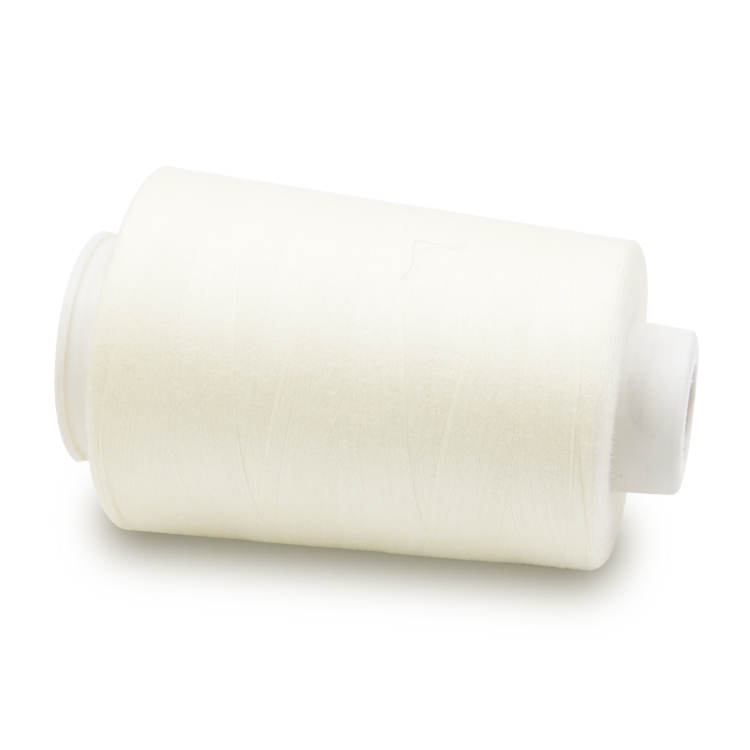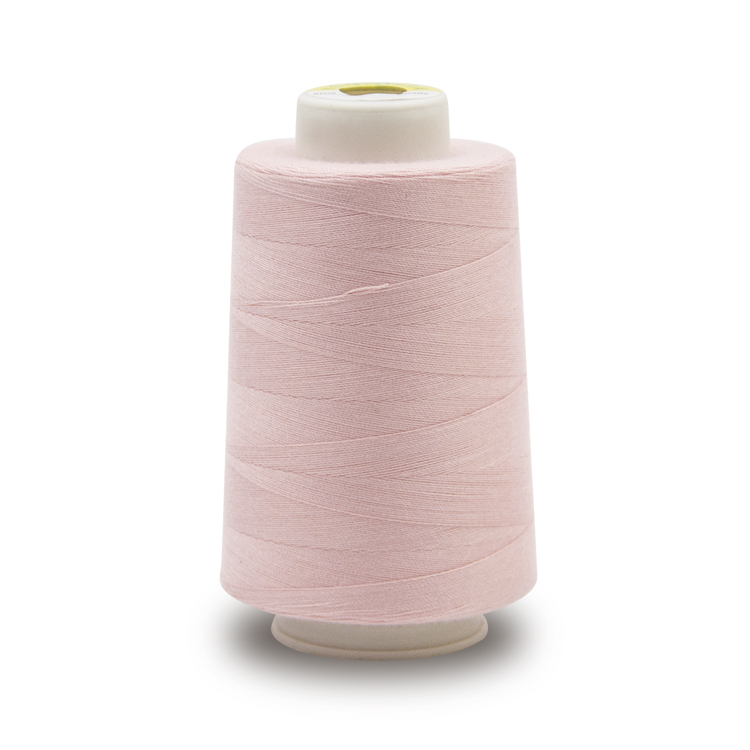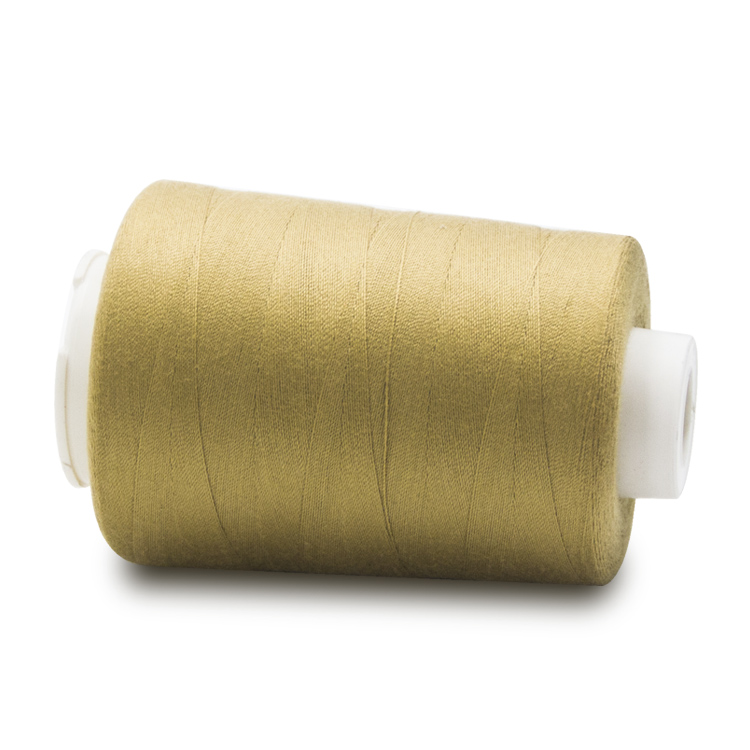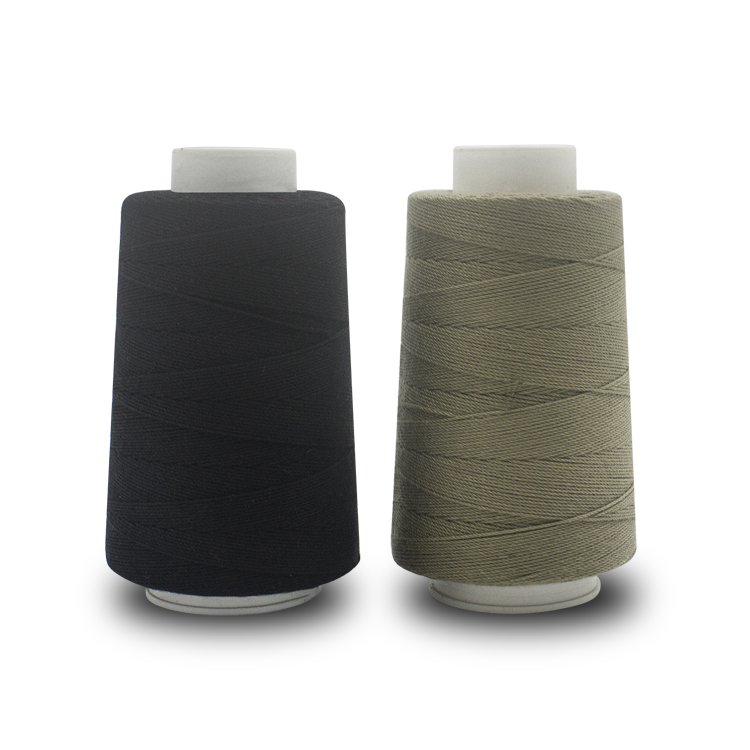
Introduction of yarn thread knowledge
In order to let professional and non-professional people deepen their understanding of the industry and our company, I will publish and update the relevant information of the industry and our company regularly from now on, hoping to be helpful to you.
As we all know, Liqi mainly produces high-grade yarn, silk, thread and other garment accessories, mainly used for garment sewing, ribbon, trademark, lace and so on. So what is yarn, what is silk, what is thread, I believe you must have a lot of doubts. Now let's get to know it together.
A. Definition of yarn thread
Yarn and thread: Twisted by a strand of fibers.

Silk: Continuous filament yarn, referred to as filament or silk.
Yarn thread: Two or more single yarns threads are twisted together.
The single yarn thread used to form the strand can be staple or long yarn thread, the same material or different material.
Classification of yarns threads
1. According to the fiber composition of the yarn thread, it is divided into pure yarn thread, blended yarn thread and blended yarn thread.
2. Fiber length of yarn thread: Staple yarn thread and filament yarn thread
3. Filaments are classified according to varieties:

(1) UDY: The primary thread fibers of conventional spinning are called non-drawn or non-oriented thread fibers.
(2) POY: The primary thread fiber of high-speed spinning, called pre-oriented filament
(3) DTY: Elastic filament, also known as stretching deformed filament.
(4) FDY: One-step high-speed spinning, called full traction yarn thread.
(5) Networked thread: DTY is twisted by high-pressure airflow, and the single filaments intertwine with each other to form Periodic networked filaments.
C. Basic knowledge of thread fabrics
1. Classification according to the processing method of forming thread fabrics: shuttle fabrics and knitted thread fabrics.
2. Knitted thread fabrics can also be divided into weft knitted fabrics, warp knitted fabrics and non-woven fabrics according to the warp or weft directions.

D. Basic knowledge of textile thread materials
1. There are many kinds of textile thread fibers, which can be divided into natural fibers and chemical fibers according to their sources. Specifically as follows:
(1) Natural thread fibers: Plant fibers, animal thread fibers, mineral thread fibers
(2) Chemical thread fibers: Regenerated thread fibers and synthetic thread fibers (Dahongma uses polyester and nylon in synthetic thread fibers)
2. According to color: White fiber, colored thread fiber, optical fiber dimension, extinction optical thread fiber dimension, half optical fiber dimension.
Cause of light: The spinneret holes are not circular when the thread fibers are formed, but have different shapes such as "Delta" and "Y" which cause light refraction.
3. According to morphology and structure, short fibers (the sewing thread produced by Li Qi belongs to the raw material of short thread fibers) and filaments (the nylon and polyester filaments thread produced by Li Qi belong to the polyfilament).




